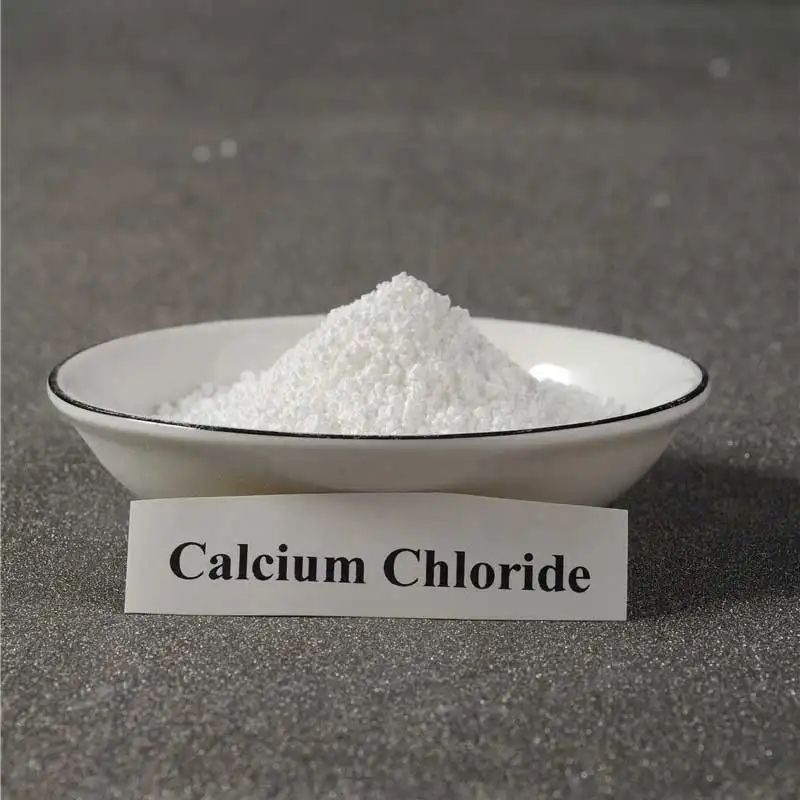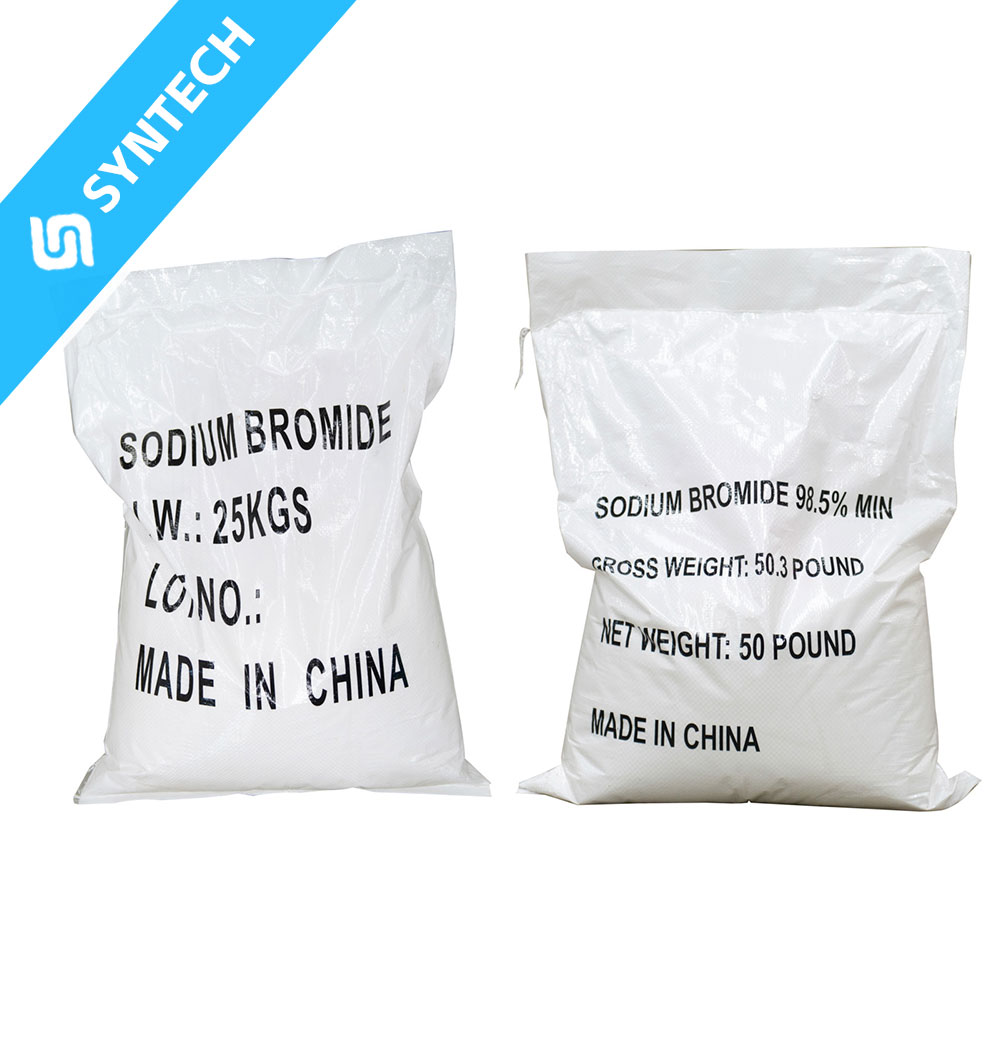The core factors influencing the solubility of Sodium Methallyl Sulfonate (SMAS) essentially stem from the interaction between its ionic molecular structure (containing the highly polar sodium sulfonate group -SO₃Na) and the external environment (solvent properties, chemical conditions, physical operations). The solubility of SMAS primarily depends on the ionic solvation of -SO₃Na with solvents (especially water); any factor that disrupts or weakens this interaction will reduce its solubility. Specifically, these factors can be categorized into four groups: solvent-related factors, chemical environment factors, physical condition factors, and SMAS intrinsic property factors. The influence mechanism and practical performance of each factor are as follows:
I. Solvent-Related Factors: Determining the “Basic Environment” for SMAS Dissolution
As a typical anionic water-soluble monomer, the solubility of SMAS is highly dependent on the solvent’s polarity and ionic solvation capacity. The type and purity of the solvent are the primary conditions affecting dissolution:
1. Solvent Polarity and Type
The -SO₃Na group of SMAS is a strongly ionic functional group, requiring combination with highly polar solvents (especially those capable of providing ionic solvation) to dissolve. The lower the solvent polarity, the poorer the solubility:
- Ideal solvent: Water: Water molecules are highly polar and can form dense “solvation shells” with -SO₃⁻ (anions) and Na⁺ (cations) generated by SMAS ionization (water molecules bind to -SO₃⁻ via hydrogen bonding and to Na⁺ via dipole-dipole interactions). This endows SMAS with extremely high solubility in water (solubility > 300 g/L at 25°C, far exceeding industrial application requirements).
- Low-polarity solvents: Organic solvents: The solubility of SMAS decreases significantly in low-polarity organic solvents (e.g., methanol, ethanol, acetone). For example, the solubility of SMAS in methanol is only 50-80 g/L at 25°C, and it is almost insoluble (< 1 g/L) in non-polar solvents such as toluene and xylene. This is because such solvents cannot effectively solvate -SO₃⁻ and Na⁺, making it difficult to break the ionic bonds in solid SMAS.
Key conclusion: SMAS is only suitable for polar solvent systems; industrially, it relies almost entirely on water as the dissolution medium (e.g., oilfield water-based drilling fluids, aqueous polymerization reactions).
2. Solvent Purity (Especially Impurity Ions in Water)
If the solvent (water) contains high concentrations of multivalent metal cations (e.g., Ca²⁺, Mg²⁺) or other electrolytes, it will weaken the solvation of SMAS by water molecules through “ion competition,” leading to reduced solubility:
- Impact of multivalent cations: Divalent cations such as Ca²⁺ and Mg²⁺ have much stronger binding affinity with -SO₃⁻ than Na⁺, and they form “poorly soluble ion pairs” with -SO₃⁻ of SMAS (e.g., (-SO₃)₂Ca, (-SO₃)₂Mg). The water solubility of these ion pairs is much lower than that of SMAS itself, resulting in reduced solubility of SMAS in high-salinity water.Example: In pure water (salinity < 100 mg/L), the solubility of SMAS is > 300 g/L; in oilfield high-salinity formation water (salinity 10×10⁴ mg/L, containing 1000-2000 mg/L Ca²⁺), its solubility drops to below 200-250 g/L. If the Ca²⁺ concentration exceeds 5000 mg/L, a small amount of white precipitate may even appear.
- Impact of other electrolytes: High concentrations of monovalent electrolytes (e.g., NaCl, KCl) in the solution (high ionic strength) compete for water molecules through the “salting-out effect”—electrolyte ions preferentially bind to water molecules, reducing the number of free water molecules available for solvating SMAS ions, which indirectly lowers the solubility of SMAS (e.g., in a 10% NaCl solution, the solubility of SMAS is 15%-20% lower than in pure water).
II. Chemical Environment Factors: Disrupting SMAS Ionic Structure or Solvation Equilibrium
1. Solution pH Value (Strongly Acidic Conditions Significantly Reduce Solubility)
The -SO₃Na group of SMAS is sensitive to strong acids; strongly acidic conditions alter its ionic form, leading to decreased polarity and solubility:
- Strongly acidic environment (pH < 2): H⁺ in the solution binds to -SO₃⁻ of SMAS to form free methallylsulfonic acid (CH₂=C(CH₃)-CH₂-SO₃H). This substance is a neutral molecule with much lower polarity than ionic SMAS (-SO₃Na), resulting in drastically reduced water solubility (solubility of methallylsulfonic acid is only 40-60 g/L at 25°C).Performance: When concentrated hydrochloric acid is added dropwise to an SMAS aqueous solution (lowering the pH to below 1), the solution changes from clear to turbid, and then a colorless oily liquid (methallylsulfonic acid) precipitates—indicating that SMAS “loses solubility” due to morphological changes.
- Neutral/weak acid-base environment (pH 3-11): SMAS maintains the ionic form of -SO₃Na, with stable solubility (> 300 g/L); in a strongly alkaline environment (pH > 12), although solubility is not directly reduced, side reactions (e.g., hydroxylation) of the carbon-carbon double bond (C=C) may occur. The generated impurities (e.g., methallyl alcohol) may affect dissolution uniformity but will not reduce the solubility of SMAS itself.
III. Physical Condition Factors: Affecting Dissolution Rate and Uniformity
These factors do not change the thermodynamic solubility of SMAS (i.e., the maximum amount that can ultimately dissolve) but significantly affect the efficiency of the dissolution process and the final dissolved state:
1. Temperature
Temperature changes the dissolution rate of SMAS by influencing the “ionic solvation rate” and “molecular motion intensity,” while slightly increasing its thermodynamic solubility:
- Dissolution rate: At low temperatures (e.g., 0-10°C), water molecule motion is slow, and the interaction with ions on the surface of SMAS particles is weak, leading to slow dissolution of SMAS (e.g., complete dissolution takes 30 minutes at 25°C but 2-3 hours at 5°C). Additionally, “agglomerates” are easily formed due to local high concentrations (the surface dissolves and wraps the internal solid, hindering further dissolution).
- Thermodynamic solubility: As temperature increases, the solvation capacity of water molecules enhances, and the solubility of SMAS increases slightly—for example, solubility > 300 g/L at 25°C, > 400 g/L at 50°C, and > 450 g/L at 80°C. However, note that when the temperature exceeds 60°C, SMAS may undergo self-polymerization to form insoluble oligomers, which instead manifest as “incomplete dissolution” (it is necessary to distinguish between “increased solubility” and “dissolution failure caused by polymerization”).
2. Stirring Conditions
Stirring accelerates the ionic solvation process by increasing the contact area between SMAS and the solvent and avoids agglomeration caused by local high concentrations:
- Without stirring or with insufficient stirring: Solid SMAS particles tend to accumulate at the bottom of the solvent. After the surface dissolves to form a high-concentration solution, it hinders the penetration of the solvent into the particles, resulting in an agglomeration phenomenon where “the outer layer dissolves while the inner layer does not.” Even with extended time, complete dissolution is difficult.
- With sufficient stirring (e.g., 200-300 rpm): SMAS particles are uniformly dispersed, and each particle comes into contact with fresh solvent. The dissolution rate can be increased by 3-5 times, with no agglomeration, and a clear and transparent solution is finally formed.
IV. SMAS Intrinsic Property Factors: Purity and Morphology Affect Dissolution Performance
The production purity and solid morphology (specific surface area) of SMAS directly affect its dissolution behavior; impurities or unreasonable morphology can lead to “apparent reduced solubility” (actually caused by insoluble impurities or hindered dissolution):
1. Purity (Impurity Content)
If industrial-grade SMAS retains insoluble impurities (e.g., unreacted methallyl alcohol polymers, sodium sulfate crystals, metal oxides), the solution will become turbid after dissolution, leading to the misjudgment that “SMAS solubility is poor”:
- Example: If the purity of SMAS is only 95%, with 5% residual sodium sulfate (solubility ~19 g/L at 25°C), when the SMAS dosage is high (e.g., 300 g/L), sodium sulfate will precipitate due to exceeding its solubility, causing white precipitation in the solution. This seemingly indicates incomplete dissolution of SMAS but is actually caused by impurities.
- Optimization direction: Purify SMAS using a distillation-recrystallization process, controlling purity ≥ 99.5% and impurity content ≤ 0.5%, to ensure the dissolved solution is clear (light transmittance > 95%).
2. Solid Morphology (Specific Surface Area)
The solid morphology of SMAS determines its contact area with the solvent; a larger specific surface area results in a faster dissolution rate:
- Powder form (e.g., spray-dried products): Particle size 50-100 μm, large specific surface area (> 1 m²/g), can disperse quickly during dissolution, and completely dissolve within 30 minutes.
- Lump or large granular crystals: Particle size > 1 mm, small specific surface area (< 0.1 m²/g), only the surface contacts the solvent during dissolution, internal dissolution is slow, and agglomerates are easily formed, requiring several hours for complete dissolution.
Conclusion: Key Control Conditions for Efficient Dissolution of SMAS
To ensure efficient dissolution of SMAS in industrial applications (e.g., oilfield drilling fluid preparation, monomer dissolution for polymerization reactions), the following conditions should be focused on:
- Solvent selection: Prioritize pure water or low-salinity water (salinity < 1000 mg/L, Ca²⁺ + Mg²⁺ < 100 mg/L); avoid organic solvents or high-salinity wastewater.
- pH control: Maintain the pH of the dissolution system at 3-11; strictly avoid strongly acidic conditions (pH < 2).
- Physical operation: Control the temperature at 25-50°C (balancing solubility and polymerization prevention), and maintain a stirring speed ≥ 200 rpm to ensure uniform dispersion of particles.
- SMAS quality: Select powdered SMAS with purity ≥ 99.5% to reduce insoluble impurities and agglomeration risks.
These conditions ensure rapid and complete dissolution of SMAS, providing a stable monomer/additive system for subsequent oilfield applications (e.g., drilling fluid thickening, oil displacement agent polymerization).






